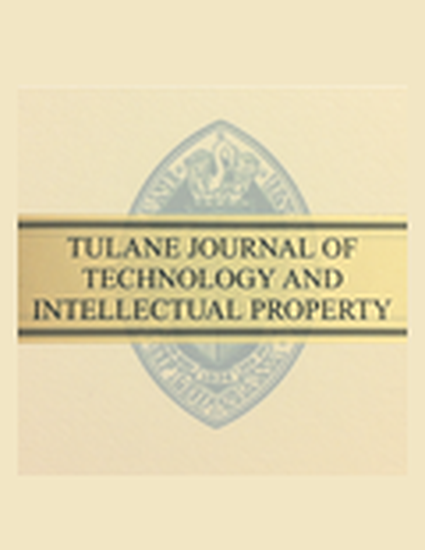
Since at least 1586, proponents of copyright have pointed to the tremendous ease with which competitors can copy works of authorship as the central justification for copyright protection. Because such works can be easily copied, a competitor could, in the absence of copyright, copy a work, and thereby avoid a large part of the original author's expense. This copying would allow competitors to undercut the original author's price for the work, and would deprive the original author of a fair wage for the labor and creativity she invested in the work. Faced with the threat of such competition, many would-be authors might forego authorship altogether, leading to an underproduction of such works. At first glance, the advent of rapid, inexpensive, and widely dispersed digital duplication and transmission tools would seem to enhance the copying risks associated with such works, and to suggest a continuing, perhaps enhanced, need for copyright protection as the digital era matures.
However, before embracing this first impression, consider that behind the relative 121 ease-of-copying justification for copyright lies a necessary, but often unspoken, assumption: A public law remedy, such as copyright, is necessary only because transaction costs render a private law solution, such as contracts, impracticable. Traditionally, this assumption was left unspoken because of the obvious difficulties involved in reaching a contractual understanding with everyone who purchased or otherwise obtained access to a mass-marketed work. With the Intemet and its likely successors, we cannot accept this assumption as readily. The Internet is not simply a faster, less expensive means of publishing information; it is interactive as well. As a consequence, the transaction costs associated with obtaining each purchaser's consent to the terms of an agreement which would detail the permitted and prohibited uses of a work for the typical consumer (a "use agreement") are likely to fall substantially. By reducing such transaction costs, interactive digital communications will make such use agreements an increasingly practical and effective private law means for protecting works of authorship. As a result, rather than increase the need for copyright protection, as we first thought, the interactive nature of digital communication technologies may well reduce and eventually eliminate the need for copyright, at least as a means for protecting digitally distributed materials.
This essay examines these issues, considering whether contract can and should replace copyright as the principal mechanism for protecting creativity found in digital works. Concluding that, despite a few potential stumbling blocks, interactive digital communications will make contracts increasingly available as an effective and desirable form of protection, the question becomes what role copyright should play in this digital future. As more works shift to an interactive distribution medium, private law mechanisms will gradually assume much of copyright's traditional role of protecting the creativity found in works of authorship. If copyright continues to focus on providing a means of protecting such works, it will be increasingly marginalized, relegated to protecting those increasingly rare works distributed outside the Internet, or to serving as an inefficient set of default rules against which contracting can occur. While it may be some time yet before we reach such a point, if copyright is to maintain its relevance and importance in the interactive digital era, we should begin considering now how copyright fits into the new interactive distribution paradigm.
Available at: http://works.bepress.com/glynn_lunney/42/
